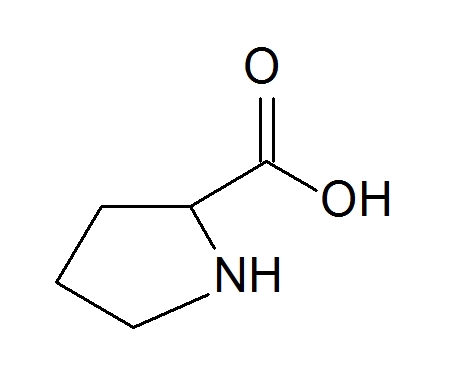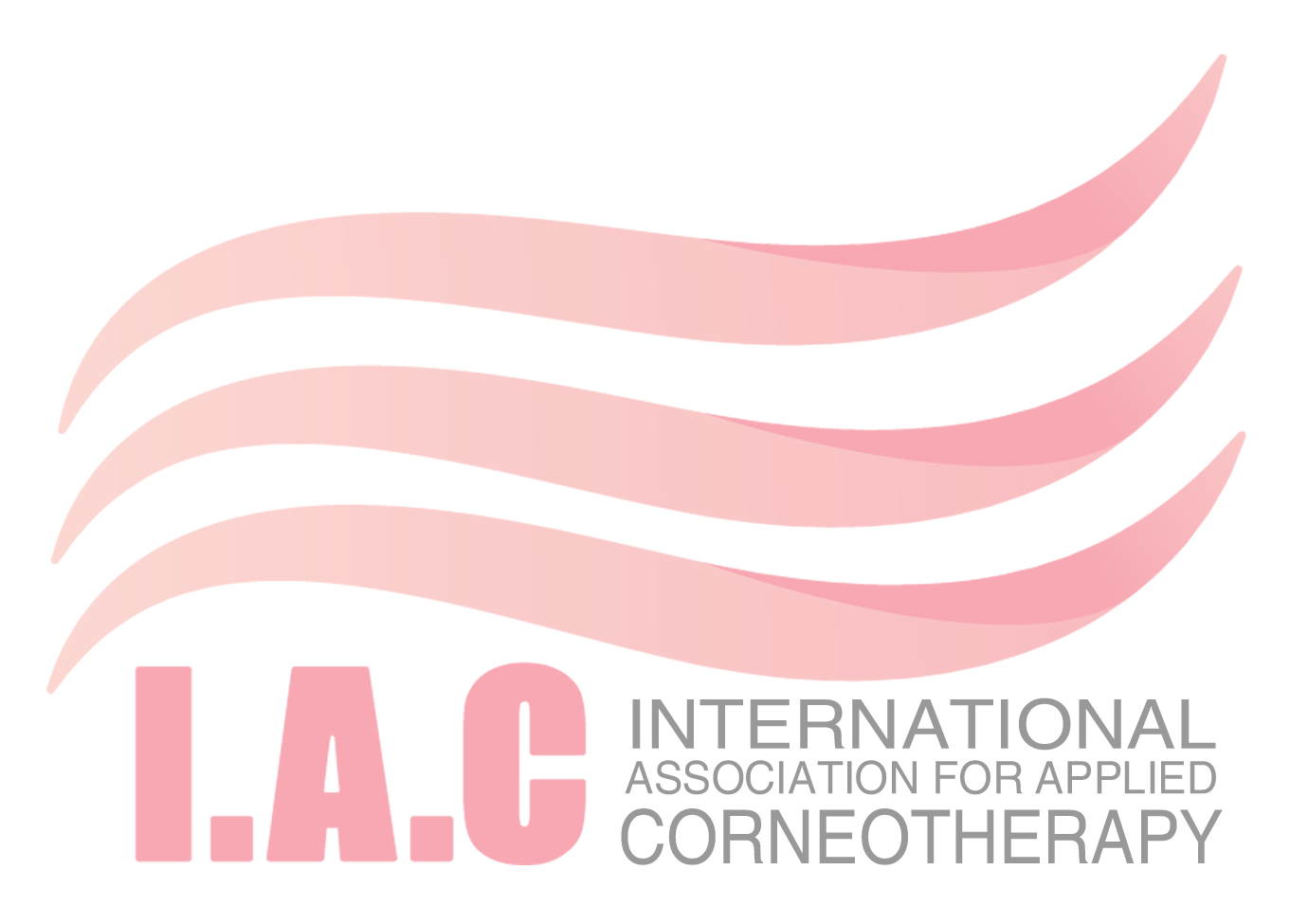4-Hydroxyproline alias 4-hydroxypyrrolidine-2-carboxylic acid (Fig. 1) is an essential component of connective tissue, especially collagen.

Fig. 1: 4-Hydroxyproline
4-Hydroxyproline is produced enzymatically in the human body by hydroxylation of the amino acid L-proline (Fig. 2) in the presence of ascorbic acid (vitamin C).

Fig. 2: L-proline
L-proline is a non-essential α-amino acid, i.e. it is biochemically synthesised in the body.
When 4-hydroxyproline is chemically acetylated with acetic anhydride, N-acetyl-4-hydroxyproline is formed (Fig. 3).
 Fig. 3: N-acetyl-4-hydroxyproline Fig. 3: N-acetyl-4-hydroxyproline
N-acetyl-4-hydroxyproline is used as an oral drug (INN: oxaceprol) to relieve pain in the treatment of joint diseases. The underlying mechanism is not fully understood. What is certain is that there is no cyclooxygenase inhibition as with non-steroidal anti-inflammatory drugs (NSAIDs). For oral side effects, see the Red List.1
The preventive effect of N-acetyl-4-hydroxyproline against AGE age spots (AGE = Advanced Glycation End-Products) has been described – not clinically (in-vivo), but in-vitro and ex-vivo.2
N-acetyl-4-hydroxyproline has no effect on existing AGEs, the treatment of which has recently been reported.3
In vitro, N-acetyl-4-hydroxyproline stimulates collagen synthesis in cultured human chondrocytes (cartilage cells).4
References
- Rote Liste 2021, 262, No. 05 116 (AHP 200®, Filmtabletten)
- C. Knoblich, K. Dunckelmann, A. Krüger, T. Küper, T. Blatt und J. M. Weise, N-acetyl-L-hydroxyproline – A potent skin antiageing active preventing advanced glycation endproduct formation in vitro and ex vivo, Int J Cosmet Sci. 2024 (2), 297-306
- H. Lautenschläger, Auf den Punkt gebracht, Medical 2024 (3), 24-27
- D. Vivien, P. Galéra, G. Loyau und J-P. Pujol, N-acetyl-4-hydroxyproline (Oxaceprol) and collagen synthesis in cultured synovial cells and articular cartilage. Osteoarthritis Cart. 1993 (1), 40
Dr Hans Lautenschläger | 








 Fig. 3: N-acetyl-4-hydroxyproline
Fig. 3: N-acetyl-4-hydroxyproline